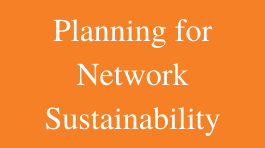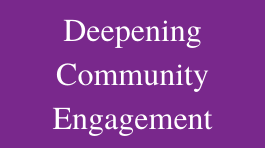The “Take 2” series is part of a larger body of work supported by The Kresge Foundation and Nemours, exploring the ways integrative activities can strengthen and sustain the efforts of cross-sector population health networks. (Integrative activities are the governance, management, and administrative functions that enable population health networks to carry out tasks and strategies related to the network’s shared population health goals.)
This collection of notes from the field represents some of the learnings gleaned from our work with 8 population health networks that participated in Nemours’ 2020 Integrator Learning Lab, from January to September. The Lab experience was focused on helping networks select and adopt integrative activities that support and accelerate their strategies for improving measures of population health and health equity.
Throughout the Integrator Learning Lab, we encouraged participants to be “leaders and learners”. In each part of this series, we lift up the leadership and experience of Learning Lab participants, inviting readers to “Take 2”- two reflections and two pieces of advice from individuals deeply involved in making population health networks work.
In Part One, “Forming Integrative Networks”, our partners in Philadelphia, Pennsylvania and Paterson, New Jersey offer reflections on successful early stage integrator networks. How do you move forward with a sense of urgency, while stull building the consensus that is so critical to have from the outset of a network?
In Part Two, “Re-Invigorating Integrative Networks”, our partners in Washington, D.C. and Flathead County, Montana offer reflections on what it takes to steer an existing network in a new direction. How do you honor some past successes and respond to the urgency of anew moment?
In Part Three, “Planning for Network Sustainability”, our partners from Ventura, California and Sarasota, Florida reflect on what it takes to plan integrator networks with long-term sustainability in view. How do you stay true to the goals of your network, while translating your success to public, private, and philanthropic funders that have the resources to support your vision?
And in Part Four, “Deepening Community Engagement”, our partners from Guilford County, North Carolina and Bridgeport, Connecticut reflect on strategies for deepening the engagement of community residents, especially those with the most direct experience of the health challenge a network was formed to address? What does it look like to prepare all partners to ensure that the voices of these residents are amplified in the planning implementation, and evaluating of the network’s efforts?
We invite you to share your reflections and insights by Tweeting us at @MHCUpstream or emailing us at [email protected].





